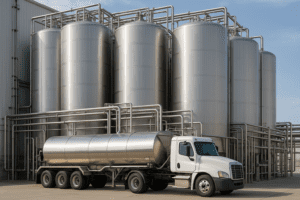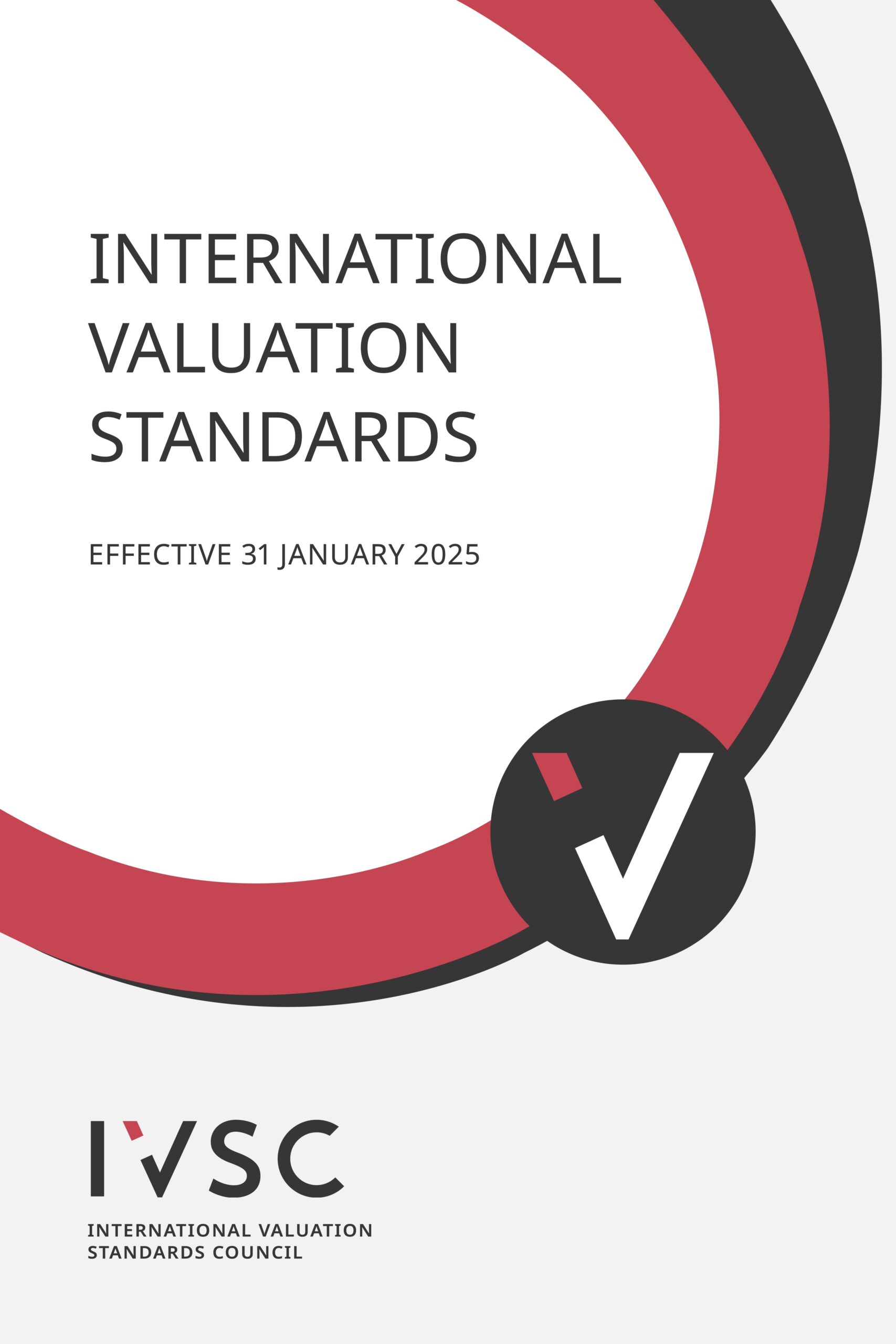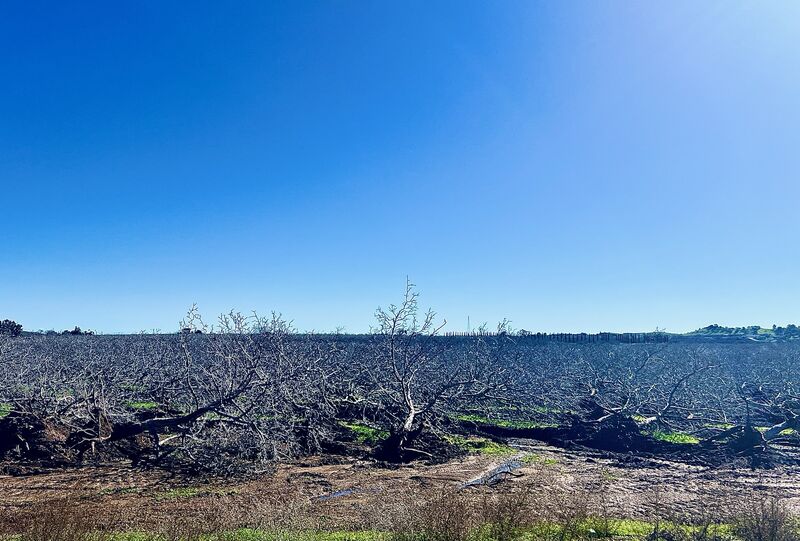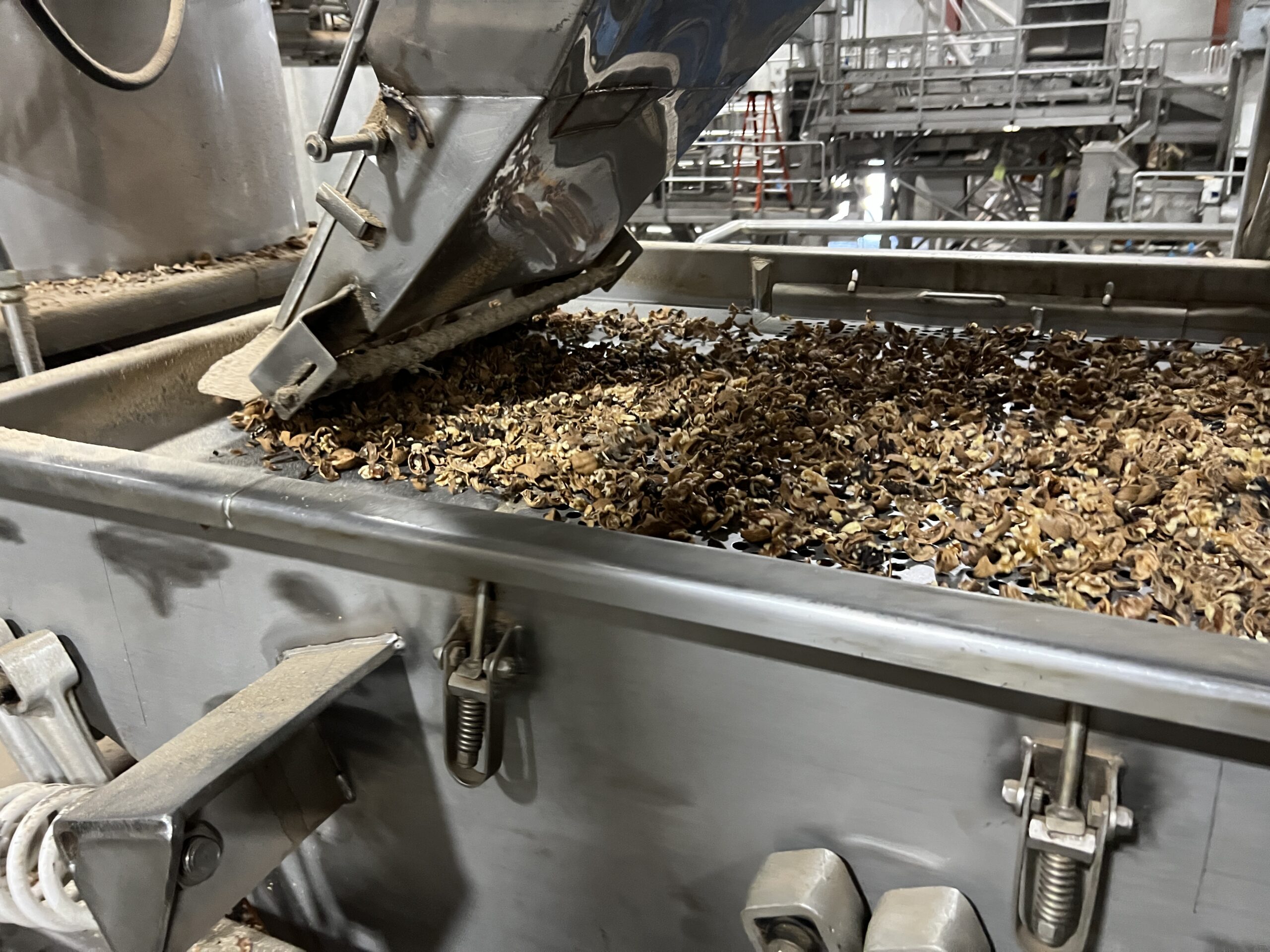 When determining the value of major assets, especially for large companies like a multi-product creamery, accuracy is everything. This case study uses alternative names for the entities involved; the appraisal and appraisal review details remain accurate.
When determining the value of major assets, especially for large companies like a multi-product creamery, accuracy is everything. This case study uses alternative names for the entities involved; the appraisal and appraisal review details remain accurate.
The case starts with an appraisal report received by Big Foot County tax assessor’s office, submitted in support of American Beauty Dairy’s property tax appeal on the assessed value of their plant for the lien dates January 1, 2019, through January 1, 2023, a time period including the Covid pandemic, supply chain disruptions, and high inflation.
After an internal review, the county contracted me for a professional appraisal review to determine if the appraisal could be considered credible in light of their concerns about three interrelated issues:
- Were the numbers in the report accurate?
- Did the appraisal process meet the standard of care expected of the appraisal profession?
- Was the conclusion of value adequately supported by open market conditions?
After a detailed analysis of the report (the Work under Review, or WUR), I identified some significant issues. While many issues fell into the bucket of appraisal methodology not being adequately supported and the standard of care not being met, the most critical point is that the WUR did not reflect open market conditions.
Here’s a breakdown of the key findings from the review, discussions of why these issues matter, and what it means for Big Foot County.
The Importance of Getting It Right
Before diving into the specific findings, it’s important to understand why an accurate appraisal is essential for property tax situations.
For local governments, property taxes form a major part of their revenue, and these taxes are based on the assessed value of properties, including major industrial sites like the American Beauty Dairy. If a property’s value is underestimated, the county misses out on tax revenue. On the other hand, if it’s overestimated, the property owner could be unfairly taxed. Either way, ensuring that the valuation process is as accurate as possible is crucial for both parties.
Key Findings from the Appraisal Review
In our ASA appraisal review classes, we suggest that reviewers focus review reports on a handful of key findings rather than using a scatter-shot narrative approach that can be confusing and distracting for the intended user. In this review situation, with its myriads of methodology and reporting issues, I found it especially important to prioritize and group the lapses in standard of care that most directly affected the credibility of the WUR.
Cost-to-Capacity Calculation Issues
The first major issue identified in the appraisal was with the cost-to-capacity calculation, which is a common method used to estimate the value of large industrial plants. This calculation compares the American Beauty plant with other, similar facilities to determine what it would cost to replace the plant’s equipment and structures. When used appropriately, this is an effective method. In this case, however, the facilities chosen for comparison weren’t really “comparable” at all.
The appraisal used three dairies in locations with significantly lower costs of labor and materials than California. This skewed the replacement cost numbers downward, which led to an undervaluation of American Beauty’s plant. Without proper adjustments for locational differences, the numbers simply didn’t reflect the true replacement costs of American Beauty’s plant.
Overstating Equipment Age
Another issue in the appraisal was how it accounted for the age of the plant’s equipment. Typically, an appraiser will consider the effective age of assets to determine how much wear and tear they’ve experienced and how close they are to needing replacement. While the appraisal used a weighted average age calculation—which is standard—the way it was applied was problematic.
The report overestimated the age of American Beauty’s equipment because it didn’t account for the extensive preventive maintenance that the company performs to keep the plant in top working order. Because American Beauty is subject to periodic, surprise USDA inspections every 12 to 18 months, the company makes sure its equipment is always in tip-top shape. By ignoring this critical information, the appraisal overestimated the effective age of the assets, resulting in an undervaluation.
Operating Obsolescence Miscalculation
Operating obsolescence occurs when a plant or its equipment becomes outdated or inefficient compared to more modern alternatives. In this case, the appraisal included an operating obsolescence factor, which is common for older facilities like American Beauty’s. However, in the same way that the report didn’t include proper adjustments for locational differences when calculating replacement costs, it in this case didn’t adequately adjust for the differences in operating costs between California and the locations of the comparable plants.
For example, to justify the obsolescence factor, the report stated that American Beauty’s plant had a 16% higher cost per pound of cheese produced compared to another plant in Montana. But this figure — without adjusting for the much higher labor and regulatory costs in California — doesn’t tell the whole story. In the big picture, much of that 16% cost difference could be attributed to regional cost differences rather than inefficiency at American Beauty’s plant. This flawed analysis resulted in an overstatement of the plant’s operating obsolescence.
Unreasonably Low Final Valuation
Perhaps the most disturbing issue with the report was its final conclusion of value: that the American Beauty plant assets were worth only 20% of their replacement cost new.
The report provided no market data to support this 20% figure—which is shockingly low, especially given the high inflation and supply chain issues of the post-pandemic years. In fact, my consultations with industry experts actively involved in selling equipment in that industry confirmed that similar equipment was selling for much higher values during the relevant time periods. Even the WUR, in contradiction to the 20% value conclusion, stated that older equipment such as American Beauty’s should retain at least 40% of its cost new under open market conditions.
The report’s final conclusion of value didn’t hold up when compared to real-world market data.
This lack of alignment isn’t unusual when cost approach methodology is mishandled. That’s one reason that appraisal standard of care dictates that cost approach must always be in alignment with market data. This reconciliation of mathematical calculations and analysis to current market conditions is a straightforward and essential step to ensure that the valuation process results in a reasonable, credible value.
Conclusion: A Flawed Appraisal
After a thorough review of the appraisal report and a site visit to American Beauty’s plant, I concluded that the appraisal was not supported by sufficient evidence and did not meet the standard of care required by the appraisal profession, including meeting the legal burden to reflect open market conditions.
From the flawed cost-to-capacity calculation to the unreasonable final conclusion, the appraisal report failed to provide a credible opinion of the plant’s value.
For Big Foot County and American Beauty Dairy, this means that the appraisal cannot be relied upon for property tax purposes. Further steps will be needed to be accurately determine the value of American Beauty’s assets.
For equipment appraisers, reviewers, and their clients, this case highlights the importance of accurate appraisals, especially for large industrial assets, and a reminder that valuations must not be driven by analysis alone but by relevant market data.
Jack Young, ASA—MTS/ARM, MRICS, CPA
NorCal Valuation Inc.




